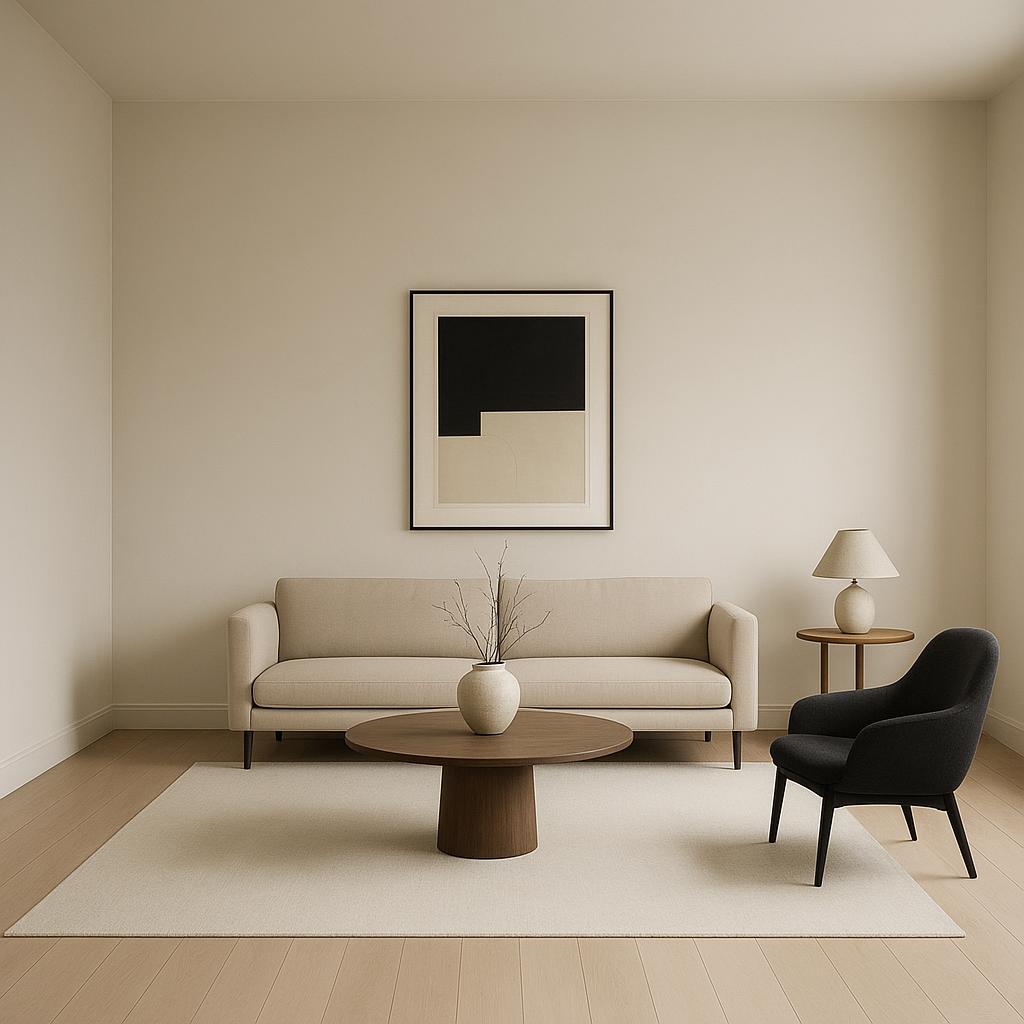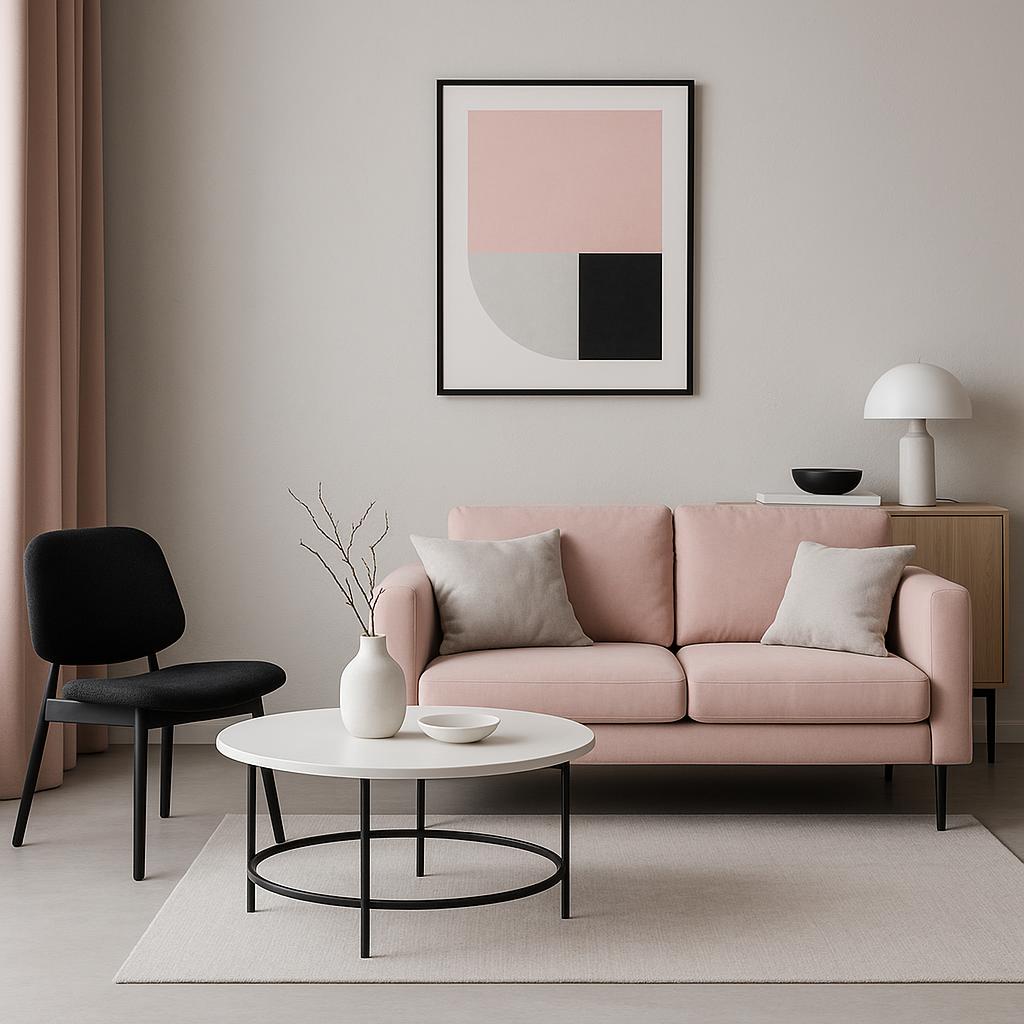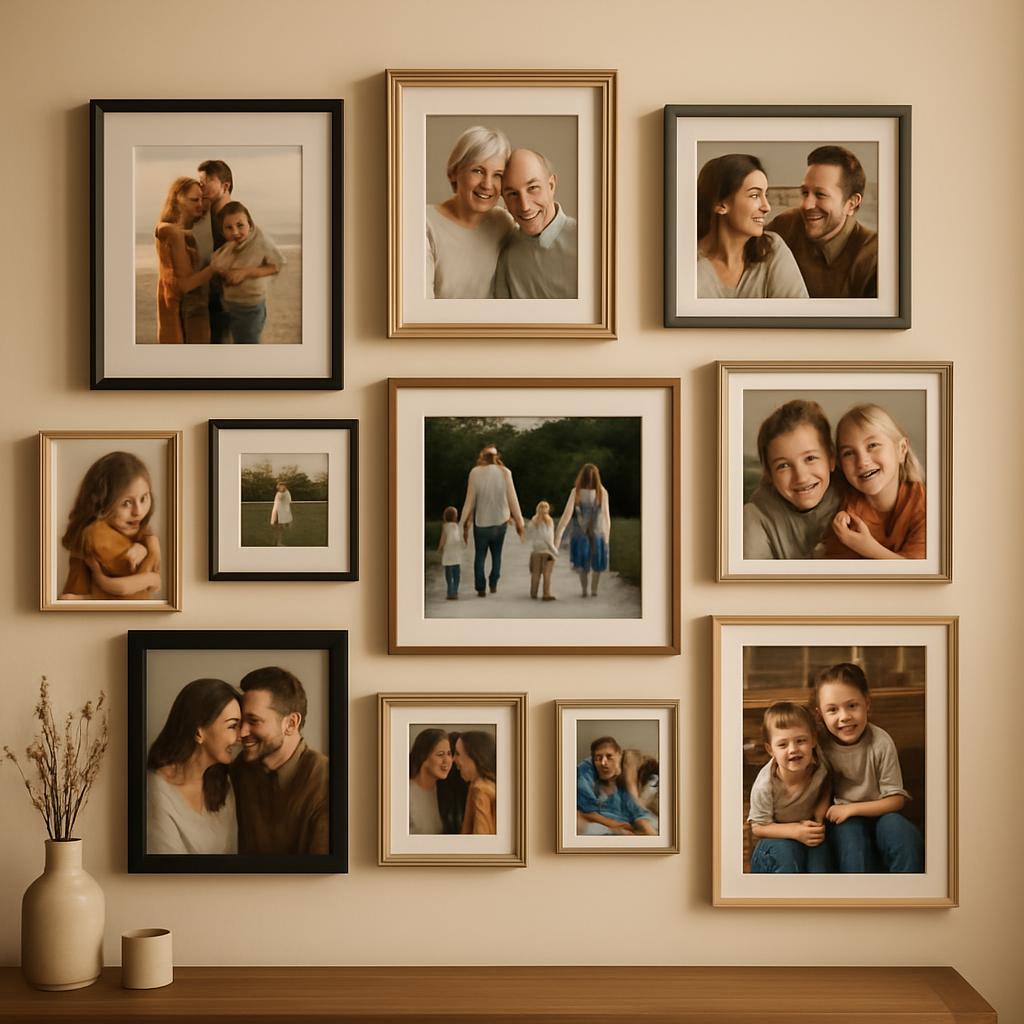In the symphony of interior design, silence is as powerful as sound. Negative space—that seemingly empty territory between and around objects—is not an absence but a presence. It's the pause between notes that makes music meaningful, the blank margin that makes text readable, the breath between words that allows understanding to emerge.
We live in a culture that abhors emptiness. We fill every corner, cover every surface, occupy every moment. But what if I told you that the most sophisticated interiors are defined not by what they contain, but by what they deliberately omit? That true luxury lies not in abundance, but in the courage to choose less?

The Philosophy of Less
Negative space is the conscious decision to leave areas unoccupied, undecorated, and undisturbed. It's the wall left bare to highlight a single piece of art. It's the coffee table kept clear to emphasize its beautiful form. It's the floor space that remains open to create a sense of flow and movement.
This concept isn't new—it's borrowed from centuries of Eastern philosophy and art, where the power of emptiness has long been understood. In Japanese aesthetics, the principle of 'ma' refers to the meaningful use of emptiness, the spaces between things that give shape and significance to the whole.
How Negative Space Works
Negative space functions as a visual rest for the eye and mind. In crowded, busy interiors, our brains work overtime trying to process all the visual information. Negative space provides relief—areas where the eye can rest and the mind can pause.
But negative space does more than provide visual relief. It creates emphasis. When you surround an object with emptiness, that object becomes more important, more noticeable, more impactful. It's the design equivalent of whispering in a quiet room—suddenly, everyone pays attention.
Creating Meaningful Emptiness
The key to using negative space effectively is intention. Every empty area should serve a purpose, contribute to the overall composition, and support the design's goals. Random emptiness feels incomplete; purposeful emptiness feels sophisticated.
Start small. Clear one surface completely and notice how it changes the feeling of the room. Remove half the accessories from a shelf and observe how the remaining pieces gain prominence. Choose one wall to keep completely bare and see how it creates a sense of calm and focus.
Negative space teaches us that in design, as in life, what we choose to exclude defines us as much as what we choose to include. It's the art of the edit, the wisdom of restraint, the confidence to let silence speak as loudly as statement. Master this, and you master one of the most sophisticated tools in the designer's arsenal.


